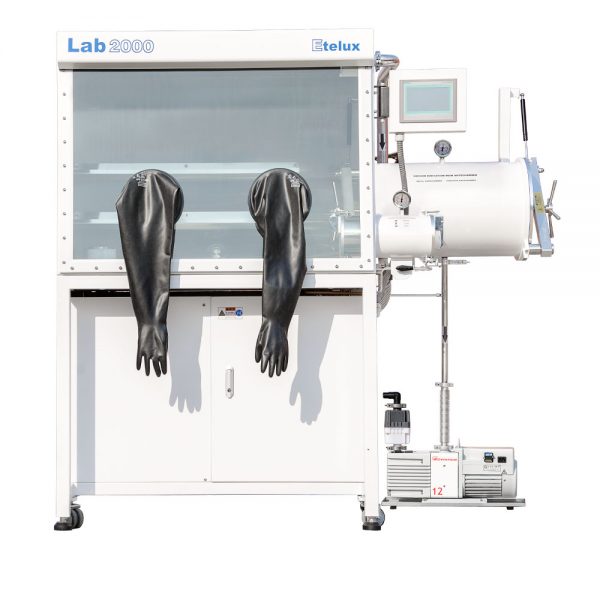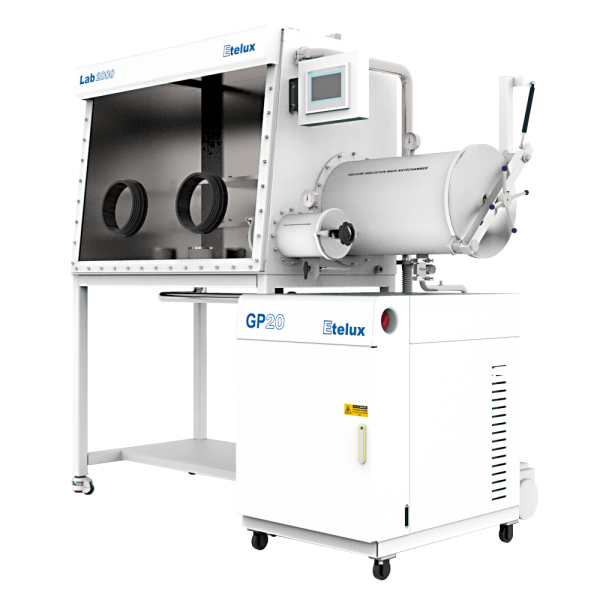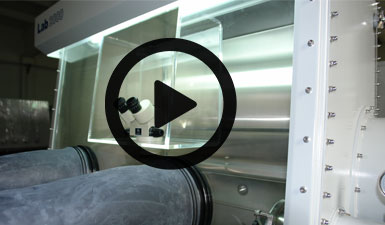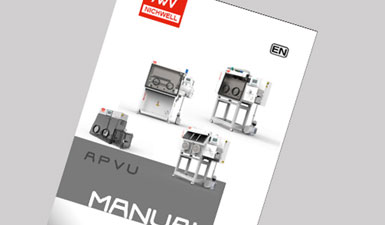In a chemistry laboratory, the hands, especially the fingers, are the part of the body with the highest injury rate among laboratory workers. In the experiment, people often come into contact with various chemicals, such as strong acid and alkali solutions, more toxic chemicals, and also come into contact with high-temperature objects, such as vessels being heated on the electric furnace or molten samples taken out of the muffle furnace, etc., which can cause skin injuries, such as dry skin, peeling, itching, and in severe cases, redness, swelling, blisters, herpes, and scarring. But generally laboratory staff only use a single plastic gloves and gloves, hand protection is not enough, so the correct choice and use of gloves is an important measure to prevent hand injuries.
Generally speaking, there are three main types of hazards that hands are likely to encounter in chemical laboratories:
- Chemical substances and agents that are irritating to the skin are easy to cause injury to the hands when they are opened and used. For example, strong acids and bases fall on the skin that produces burns and intense pain. Contact with hydrofluoric acid gas, skin itching, pain, eczema and various dermatitis, petroleum hydrocarbons such as gasoline on the skin has a fat-soluble and irritating, so that the skin is dry, cracked, and individuals will be red spots, blisters.
- High-temperature objects can cause burns to the hands when they are taken.
3 When assembling or disassembling glass instruments and devices, breakage will cause cuts on the hands.
Disposable gloves
Used to protect both the user and the object being handled, for work that requires a high degree of finger-touch, such as laboratory or cleaning work. They can be made of latex, nitrile rubber or PVC.
Chemical protective gloves
Protect against chemical impregnation. Made from a variety of synthetic materials such as latex, PVC, nitrile, butyl synthetic rubber, neoprene, etc.
Woven Gloves
Woven gloves can be broadly classified into: general purpose gloves made of polyester, polyamide and cotton, cut-resistant gloves made of Kevlar, Dyneema and steel; elastic gloves made of a small ratio of natural latex and Lycra yarns with the addition of other fibres; and special-purpose gloves made of materials such as thermal or vibratory foam (which can be classified as super clean gloves and sterile gloves).
General purpose gloves
Used for protection against abrasion, puncture, cutting, etc. They are suitable for lifting and handling objects, etc. Knitted fabrics, leather or synthetic materials are often used.
Heat-resistant gloves
Can be insulated, used for high temperature working environment, often use thick leather, special synthetic coating, insulating cloth, glass wool.
Glove material and level classification
Natural rubber (latex)
Natural rubber latex gloves are usually unlined and come in a variety of styles, including clean and sterile styles. These gloves provide effective protection against alkalis, alcohols, and diluted aqueous solutions of many chemicals, as well as good protection against aldehydes and ketones.
Polyvinyl chloride (PVC)
Highly resistant to chemicals and protects against almost all chemical hazards. Thickened and treated surfaces
surfaces (e.g., gross surfaces) are also resistant to general mechanical abrasion, and the thickened version is also resistant to cold. The operating temperature is from -4℃ to 66℃.
Nitrile Rubber
Nitrile rubber gloves are usually divided into disposable gloves, medium-sized unlined gloves and lightweight lined gloves, which are resistant to oils and fats (including animal fats), xylene, polyethylene and aliphatic solvents. They are also resistant to most pesticide formulations and are commonly used for biological components as well as other chemical processes.
Neoprene
Similar in comfort to natural rubber, but provides excellent protection against petrochemicals, lubricants, plus strong resistance to aging, ozone and UV rays.
Butyl Rubber
Butyl rubber is only used as a material for medium-sized unlined gloves.
Polyvinyl Alcohol (PVA)
Polyvinyl Alcohol (PVA) can be used as a material for medium-sized lined gloves, which therefore offer a high level of protection and corrosion resistance against a wide range of organic chemicals such as aliphatic and aromatic hydrocarbons, chlorinated solvents, fluorocarbons and most ketones (except acetone), esters and ethers.
Depending on the material and manufacturing process, gloves are classified as Grade A, Grade B and Grade C. Grade A is the best quality glove. Before packing and crating, they must undergo a 100% air leakage test and gloves with pinholes will be rejected. According to the classification of the gloves, A grade gloves have the lowest rate of eyelets, B grade and C grade gloves have the lowest rate of eyelets, the lower the safety coefficient in the process of using gloves, which will bring potential safety hazards to the users of the experiments.


























